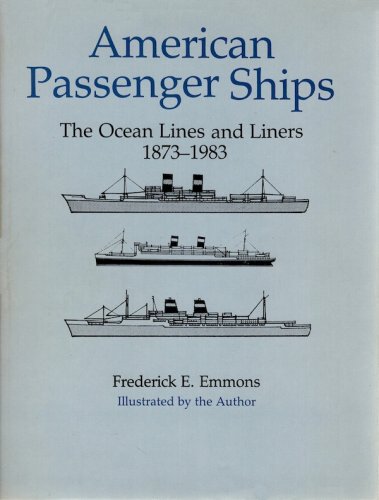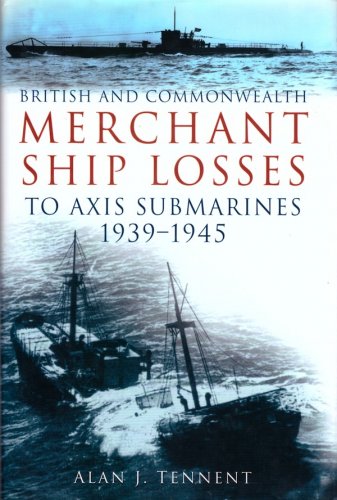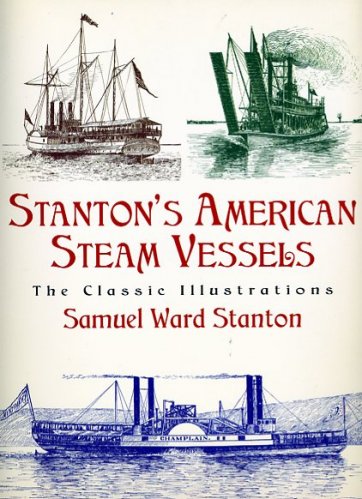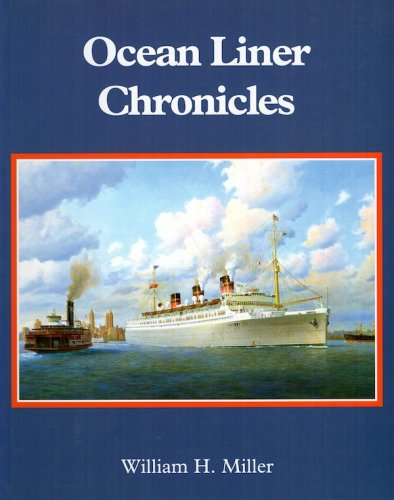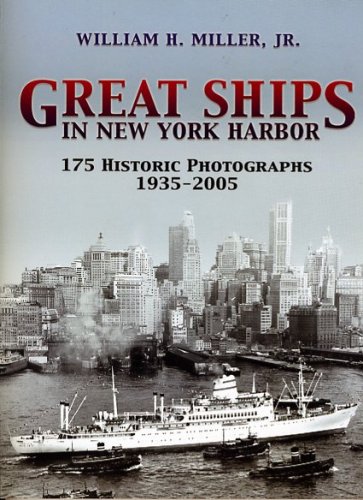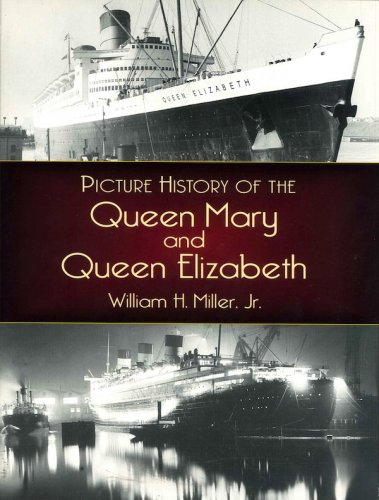American passenger ships
the ocean lines and liners 1873-1983
American passenger ships
the ocean lines and liners 1873-1983
- Non disponibile, richiedi informazioni sulla disponibilità
- Possibilità di reso entro 10 giorni lavorativi
- Transazione sicura con carta di credito, Paypal o bonifico bancario
- Spedizione tracciata con SDA
American Passenger Ships opens with a brief history of the growth and ultimate decline of American passenger shipping beginning with the earliest vessels that sailed the Atlantic in colonial times, continuing through the halcyon years of the sailing packets and clippers, and concluding with the present day. lt is divided into six chapters, each one covering a specific geographical area in which American passenger ships operated- the North Atlantic; the Pacific, Hawaii, and around-the-world; South America and Africa; intercoastal and Centrai America; the East Coast, Gulf and Caribbean; and the West Coast and Alaska. Each chapter begins with a maritime history of the area involved, dating from the earliest recorded passenger sailings either to the present or to the cessation of shipping activities in the area. This overview is followed by the history of each stearnship line that operated ships within the area. A total of seventy-four individuallines are listed, some of them under two or three names, and the information on each includes the circumstances surrounding its founding, and an account of its growth and the men who controlled il. Also included are descriptions of noteworthy occurrences such as groundings, rescues, and sinkings in the careers of the company's ships, as well as their service in wartime. Each line' s history contains descriptive paragraphs of the company's ships listed in order of their acquisition. These ships are limited to ocean-going vessels of over 2,500 gross registered tons, built with iron or steel hulls, driven by screw propulsion, and provided with berths for not less than fifty passengers-a combination of characteristics which carne into use with the building, in 1873, of the transatlantic liner Pennsy/vania. Ships wlth wooden hulls, sailing vessels, and paddlewheel steamers have thus been excluded, as well as the river, lake, and bay steamers that sailed inland waters. Frederick Emmons has provided a listing of 392 individual ships-many of which sailed under more than one name or company. The book is illustrated with 152 black-and-white drawings done to scale by the author. A Postscript outlines the. histories of 17 passenger ships requisitioned during construction for military service as transports and which never returned to sail commerciaIIy. Information on each listed ship includes the official number; years in service; gross registered tonnage; length and beam; number of screws and type of engines, as weII as service speed; dates of launching and maiden voyage; previous names; number of passengers; periods of wartime service; and date of sale, demolition, or sinking. Also noted are all major groundings, fires, and collisions. Four appendixes are devoted to 1 the largest ships (over fifteen thousand tons), listed in order of length, 2 building yards, both in the United States and abroad, listing the number of ships and total tonnage constructed in each, 3 the status of the remaining ships still afloat in 1983, and 4 house fIags, in color, of the major American shipping companies.

